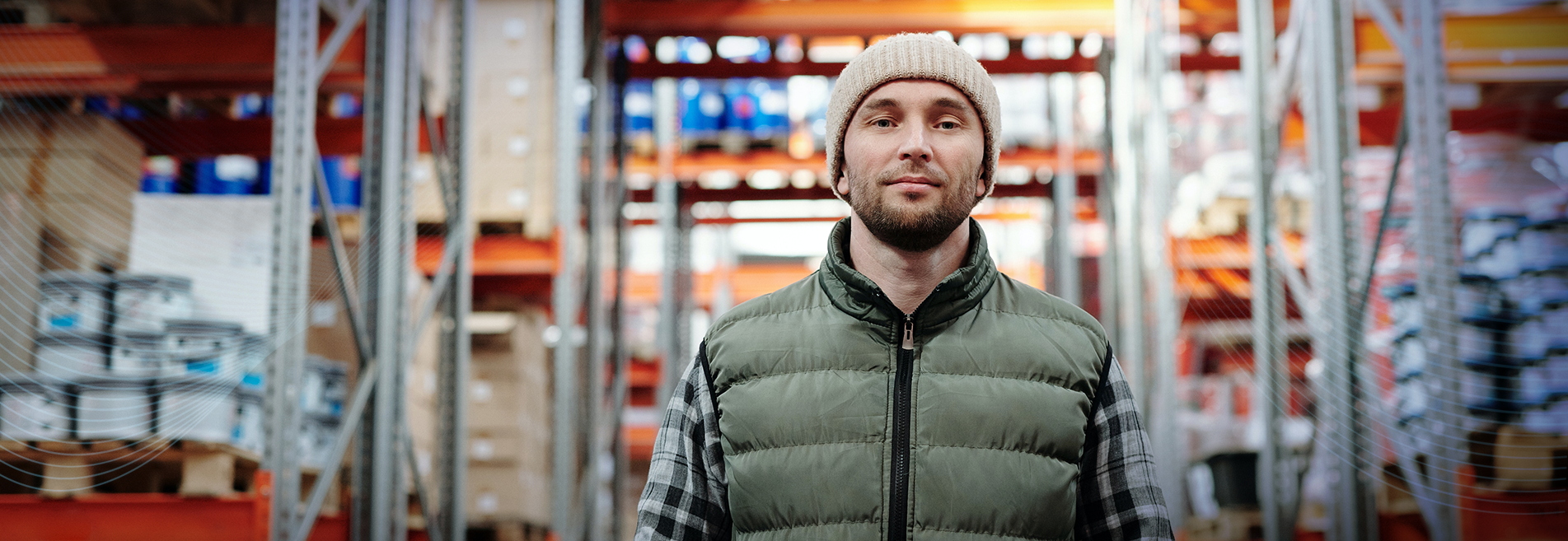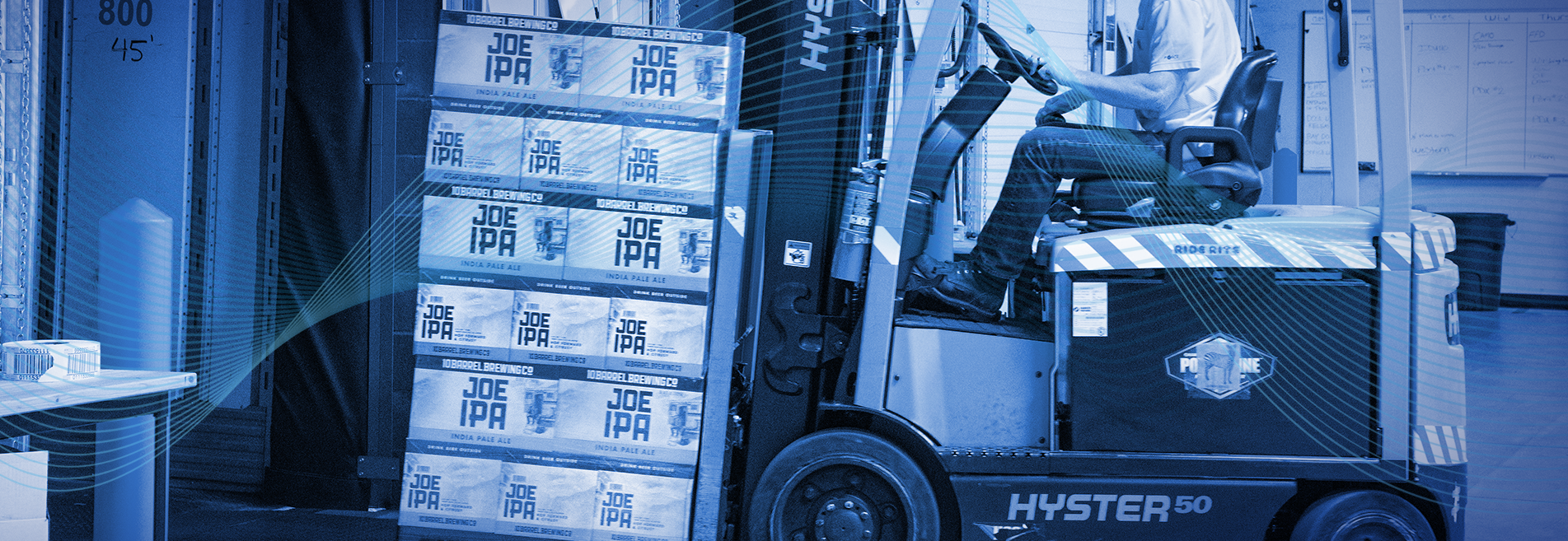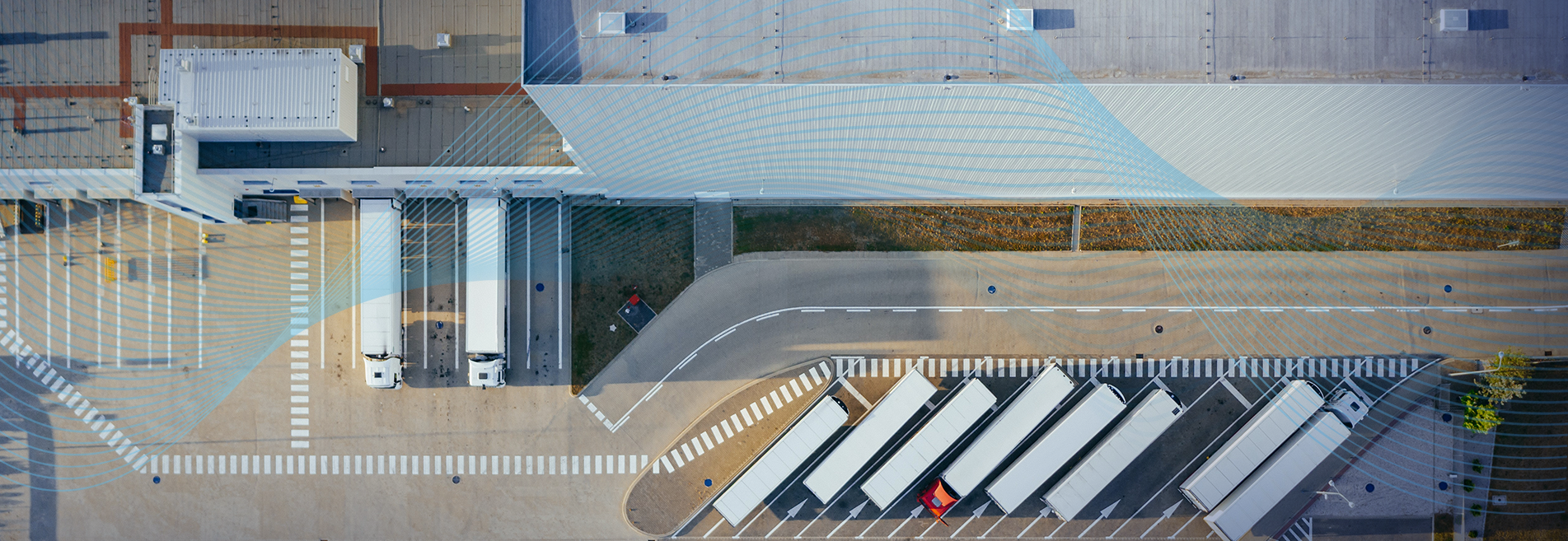

To put it simply, the cold chain is all the steps we take to ensure that products are kept at the correct temperature from the moment they are produced until they are consumed. What products are we talking about? Preserving the cold chain is particularly important in medicine and gastronomy, but it also applies to chemicals or photographic materials. In these segments, the storage temperature is one of the key parameters that determine, for example, whether a food is tasty or healthy.
Why is the cold chain important?
According to Statista, the refrigeration market is one of the fastest growing segments in the world. In turn, thanks to new technological solutions, it is estimated that by 2024, this segment will account for 59% of the global market.
Of course, in addition to temperature, other parameters are also determined in the cold chain, e.g. humidity, transport and storage time. The individual values depend on the product we are dealing with. The principle is simple: create such an atmosphere that the product remains in the best condition before it reaches the consumer's hands.

What happens when the cold chain is broken?
The answer to this question is simple: the product may be damaged and thus endanger the health of the end customer. We are talking about all kinds of poisoning, gastroenteritis, which are caused by bacteria created precisely because of improper storage of the product.
In turn, poorly stored medicines can lose their properties or pose a risk to patients. All kinds of laboratory samples stored at too high a temperature may give false results and the patient may be misdiagnosed.
The task of people who work at every stage of production is to ensure that the product that reaches the customer meets the highest requirements. Hence, an appropriate procedure is needed at every stage of the preparation and execution of orders and deliveries.
The cold chain can be long and very complex
It all depends of course on the product itself and the distance it has to travel. A product that is destined for a store should be controlled "from sowing to consumption". One way to check the conditions in which food is produced and traveled is to implement a real-time monitoring system at every stage.
In simple terms, we can divide the stages of the cold chain as follows:
The details of the procedure will vary depending on the product you are dealing with. At the Dairy Forum, you will find the rules for cooling and transporting dairy products. As you can see, the ideal temperatures for transporting milk, cheese and ice cream vary considerably. This means that transport should be planned in a different way for each of them.

Even the best planned transport will have its weak points. The most sensitive to the breakdown of the cold chain are all kinds of reloading of goods, i.e. those activities in which the product is transferred from a temperature-controlled environment to another. For this reason, it is recommended that these activities take as little time as possible. If you sell meat, be sure to read the article Cold chain - plant, warehouse, shop on the Meat Technologies portal.
The role of the seller in monitoring the quality and maintaining the continuity of the cold chain
Store staff plays a huge role in maintaining a proper cold chain. It is thanks to the procedures implemented in stores that the customer can be sure that he receives the highest quality goods.
In the aforementioned article on Meat Technologies, Dr. Eng. Agnieszka Bilska recommends that in the case of a butcher shop, the seller should check the temperature in the refrigerator compartment of the delivery truck, before accepting the delivery. After receiving the goods, it is then necessary to decide which part stays in the warehouse and what goes to the display devices in the store.
The role of refrigeration equipment in maintaining the continuity of the cold chain
In food stores, especially in meat, fish and dairy stores, refrigeration devices are mandatory equipment. The most basic ones include: upright refrigerated cabinets as well as display refrigerated counters.
When choosing devices for the store, consider first of all practical considerations:
You can find out more about this in the articles on our blog:
How to choose a refrigerated cabinet - a guide to devices and benefits
A guide to store equipment - how to choose a refrigerated counter
If you are looking for the highest quality devices that are easy to use and designed with your store in mind, please contact the Customer Service Department, who will advise you on the best solutions.